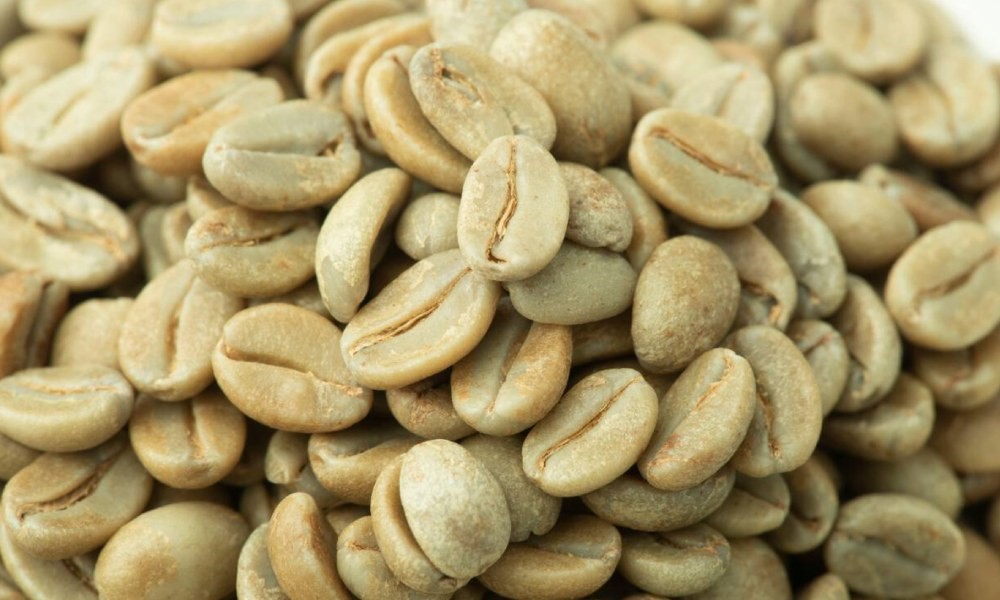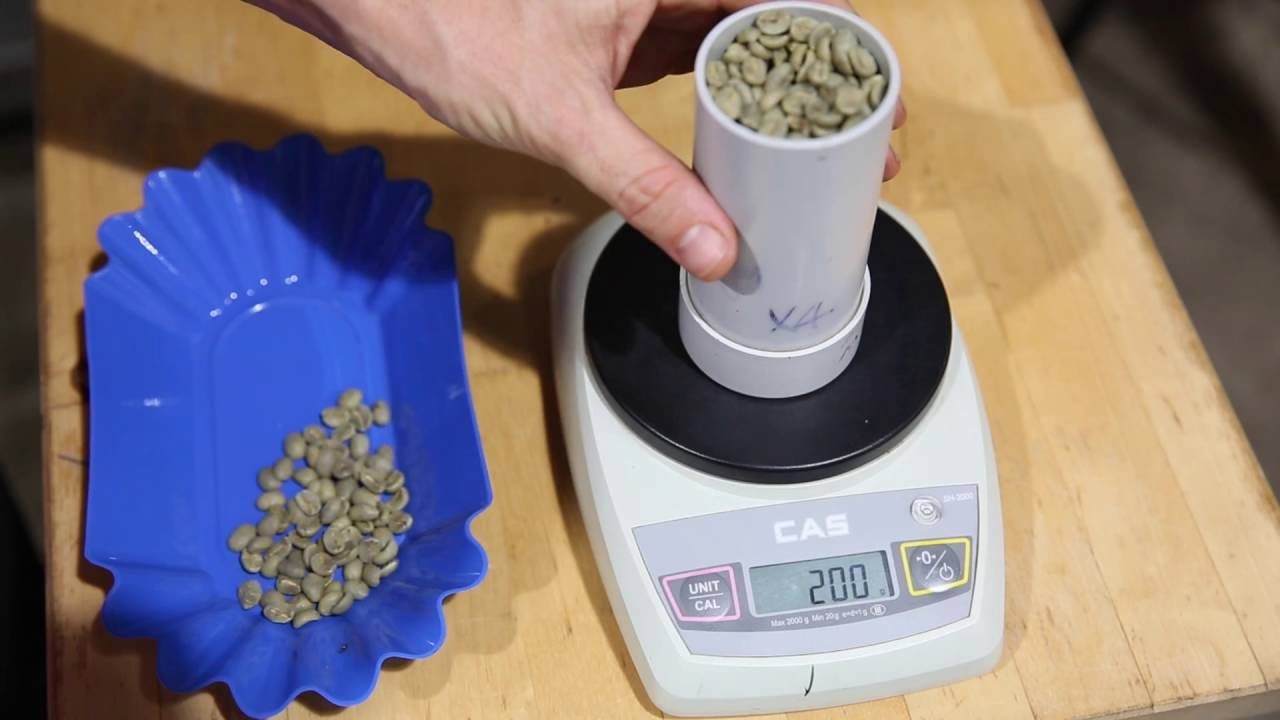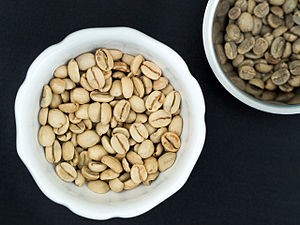
Your ability as a specialty roaster will always be constrained by the caliber of your green beans. Customers may stop buying your product if the beans arrive smashed, moldy, or with any other flaws. This could negatively impact the final flavor of the coffee.
Moisture content should be one of the first things you evaluate while evaluating green beans. It typically makes up around 11% of the weight of green coffee and can affect a variety of qualities, including acidity and sweetness, aroma, and mouthfeel.
To roast the best coffee possible, specialty roasters must master the art of measuring the moisture level of green beans. It will not only assist in identifying flaws in a huge batch of beans, but it will also benefit crucial roasting parameters like charge temperature and development time.
What is the moisture content of green coffee, and why does it change?

The normal moisture level of a ripe, recently picked green bean is between 45% and 55%. It typically drops to between 10 and 12 percent after drying and processing, depending on the method, environment, and amount of time spent drying.
The International Coffee Organization (ICO) recommends that green beans that are ready for roasting have a moisture percentage of between 8% and 12.5%.
This range is typically regarded as ideal for elements including cup quality, the rate at which green coffee degrades during storage, and the possibility of microbial growth. However, some coffees, like the Monsoon Malabar from India, function better in the cup when they have a higher moisture content.

The normal moisture level of a ripe, recently picked green bean is between 45% and 55%. It typically drops to between 10 and 12 percent after drying and processing, depending on the method, environment, and amount of time spent drying.
The International Coffee Organization (ICO) recommends that green beans that are ready for roasting have a moisture percentage of between 8% and 12.5%.
This range is typically regarded as ideal for elements including cup quality, the rate at which green coffee degrades during storage, and the possibility of microbial growth. However, some coffees, like the Monsoon Malabar from India, function better in the cup when they have a higher moisture content.
Post time: Dec-20-2022

